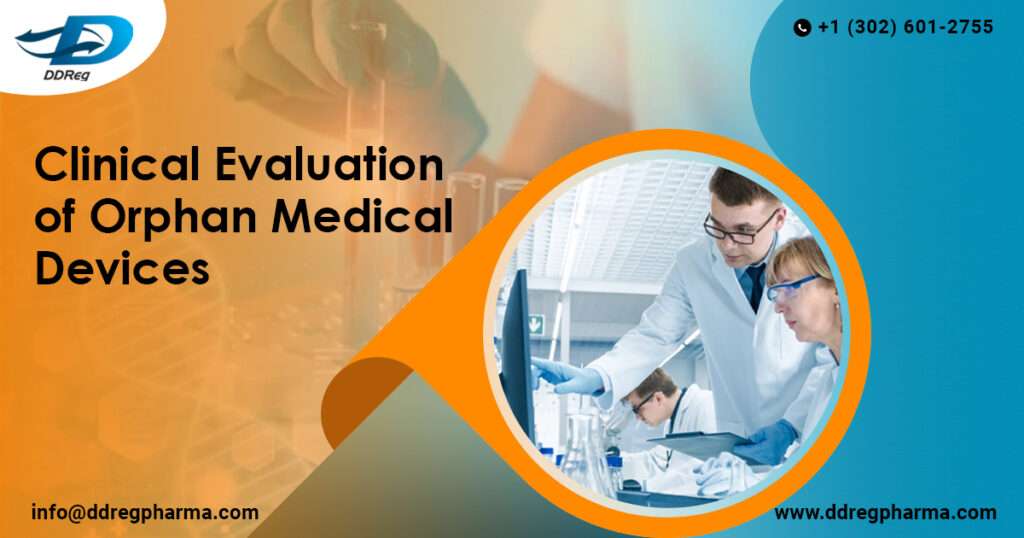In the European Union, the Medical Device Coordination Group (MDCG) continues to address unique challenges in the medical field, by bringing life-changing orphan medical devices to patients who suffer from rare conditions. These devices that are intended for a small number of individuals are subject to various hurdles in their development and market introduction.
The Medical Device Coordination Group, established under the EU’s Regulation 2017/745, was composed of representatives from all Member States and chaired by the European Commission. Their primary goal was to ensure the safety and efficacy of medical devices. However, orphan devices—intended for rare diseases affecting fewer than 12,000 individuals annually in the EU—presented unique difficulties. These devices were critical for patients with limited or no other diagnostic or therapeutic options.
Following the Medical Device Regulation (MDR), there is an increase in the level of clinical evidence needed in order to bring a medical device to the market. This means an increased need for pre-market clinical investigations for devices associated with higher risk. This presents challenges for medical devices intended for treating rare conditions as a result of the need for more clinical evidence in order to versify device safety and clinical performance. Recognizing the gap in specific guidance for orphan devices, the MDCG initiated the development of the Clinical Evaluation of Orphan Medical Devices guidance document to provide clear and proportionate clinical evaluation report requirements.
Understanding Orphan Devices
To qualify as an orphan device, a medical device had to meet specific criteria. It needed to be intended for the treatment, diagnosis, or prevention of conditions affecting not more than 12,000 individuals per year in the EU. Additionally, it had to address an insufficiency of available options or offer a significant clinical benefit over existing alternatives.
The MDCG emphasized that orphan status did not grant market exclusivity but rather facilitated the sustainable development of such devices. This inclusivity allowed multiple devices within the same therapeutic area, fostering innovation and competition.
Clinical Evaluation Considerations
One of the primary challenges for orphan devices was the generation of sufficient pre-market clinical data. Given the small target population, traditional large-scale clinical trials were often impractical. The MDCG acknowledged this and provided a framework for accepting limitations in pre-market clinical data, provided that-
- All available non-clinical and clinical data were evaluated.
- The benefit-risk ratio was acceptable.
- There was an adequate plan for post-market clinical follow-up (PMCF).
This approach ensured that while immediate data might be limited, ongoing post-market surveillance would continue to gather essential information, safeguarding patient health.
Role of Non-Clinical Data
In situations where clinical data was sparse, the role of non-clinical data became increasingly important. Laboratory studies, animal studies, and computer simulations could all help to illuminate how a device performed and what its safety profile was. Using well-executed nonclinical data, companies could meet justifiability requirements and ease access to the market for orphaned devices with as little delay as feasible.
Generating Clinical Data
For orphan devices, generating pre-market clinical data often requires innovative approaches. Manufacturers were encouraged to design studies that could overcome recruitment challenges, such as multi-centre collaborations and adaptive study designs. Engaging with clinical experts and patient associations helped ensure that studies were appropriately designed and met the needs of the target population.
Post-Market Surveillance and Follow-Up
Post-market surveillance (PMS) and PMCF were critical components of the lifecycle evaluation. The MDCG’s guidance mandated detailed PMCF plans to address any pre-market data limitations and ensure continued monitoring of the device’s performance and safety.
Procedural Considerations
Notified bodies, responsible for assessing the conformity of medical devices, played a pivotal role in the approval process. MDCG provided clear instructions for these bodies, including the use of expert panels to assess orphan device status and the clinical data required for evaluation. This collaborative approach ensured that all stakeholders worked together to bring safe and effective orphan devices to market.
The development of document MDCG 2024-10 involved stakeholders such as representatives of industry, academic society, and healthcare professionals. The collaborative approach developed this guidance so that it is comprehensive, realistic, and pragmatic to real-world issues facing manufacturers and regulators.
Conclusion
MDCG 2024-10 provides a framework to address the special challenges that dealing with an orphan device poses. In striking the proper balance between tough requirements of clinical evidence and at the same time providing enough access for patients, the guidance allows for such innovation, which in turn benefits patients with rare diseases due to receiving the latest medical advancements.
DDReg provides end-to-end regulatory services and safety solutions for medical devices. Reach out to the experts for more information. Read more about medical devices here: Asserting Patient Rights: The Importance of Labels for Medical Device Traceability.

